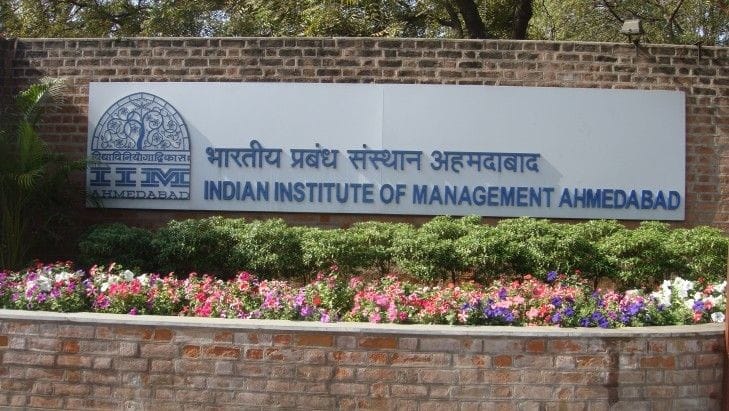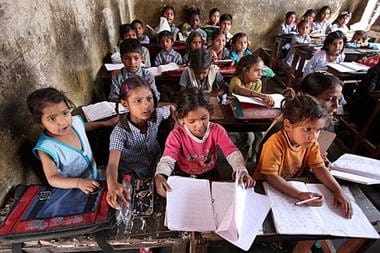Government educational institutes play a crucial role in shaping the economy of India. Education is a key driver of economic growth, and the government’s investment in education has a direct impact on the country’s economic development. In this article, we will explore the relationship between government educational institutes and the economy in India.
Government Educational Institutes in India:
The government of India has established a vast network of educational institutes across the country, including primary schools, secondary schools, universities, and research institutions. These institutes provide education to millions of students every year, and they play a critical role in shaping the country’s human capital.
The government’s investment in education has increased significantly over the years, with the aim of improving the quality of education and increasing access to education for all. The government has also introduced several schemes and initiatives to promote education, such as the Sarva Shiksha Abhiyan, which aims to provide free and compulsory education to all children between the ages of six and fourteen.
Economic Impact of Government Educational Institutes:
The impact of government educational institutes on the economy of India can be seen in several ways. First, education is a key driver of economic growth. A well-educated workforce is more productive, innovative, and efficient, which can help to drive economic development. By investing in education, the government is investing in the country’s human capital, which is essential for sustainable economic growth.
Second, government educational institutes are also responsible for producing skilled professionals, such as doctors, engineers, and scientists, who are essential for the country’s economic development. These professionals contribute to the development of key sectors such as healthcare, infrastructure, and technology, which are critical for economic growth.
Third, government educational institutes also provide opportunities for social mobility. Education can help to reduce poverty and inequality by providing individuals with the skills and knowledge they need to improve their lives. By investing in education, the government can help to create a more equitable and inclusive society, which can have a positive impact on the economy.
Challenges Faced by Government Educational Institutes:
While government educational institutes play a critical role in shaping the economy of India, they face several challenges that can hinder their effectiveness. One of the biggest challenges faced by these institutes is inadequate funding. Despite the government’s increased investment in education, many institutes still struggle to provide quality education due to a lack of resources.
Another challenge is the shortage of qualified teachers and instructors. Many government educational institutes struggle to attract and retain qualified teachers, which can impact the quality of education they provide. This can have a long-term impact on the economy by limiting the development of key sectors that rely on skilled professionals.
Conclusion:
In conclusion, government educational institutes play a critical role in shaping the economy of India. By investing in education, the government is investing in the country’s human capital, which is essential for sustainable economic growth. These institutes are responsible for producing skilled professionals, promoting social mobility, and driving economic development. However, they face several challenges, including inadequate funding and a shortage of qualified teachers. It is, therefore, essential for the government to continue to invest in education and address these challenges to ensure that these institutes can fulfill their role in shaping the country’s economy.










